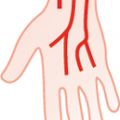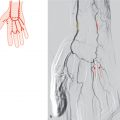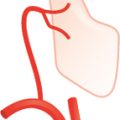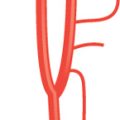39 Subclavian Artery F. Goetz, A. Giesemann In this chapter, some rare combinations of trunk formations have not been included. A separate origin of the inferior thyroid, suprascapular, and transverse cervical artery occurs in about 5% of all cases. A similar frequency has been described for a separate origin of the deep cervical and the supreme intercostal artery, which are the main branches of the costocervical trunk. 1–8 Fig. 39.1 “Normal situation” as shown in textbooks (30%). The thyrocervical trunk is formed by the inferior thyroid, suprascapular, and transverse arteries of the neck. Schematic (a) and X-ray angiography, anterior view, right subclavian artery injection (b). 1 Ascending cervical artery; 2 vertebral artery; 3 internal thoracic artery. Fig. 39.2 The internal thoracic artery originates from the thyrocervical trunk (10%). Schematic. Fig. 39.3 Only the inferior thyroid and the suprascapular artery form a common stem (30%). Schematic (a) and X-ray angiography, anterior view, left subclavian artery injection (b). 1 Thyrocervical trunk; 2 vertebral artery; 3 costocervical trunk; 4 internal thoracic artery. Fig. 39.4 Common trunk of the inferior thyroid, suprascapular, and internal thoracic arteries (8%). Schematic. Fig. 39.5 Two trunks: the inferior thyroid with the suprascapular artery and the transverse colli with the internal thoracic artery (1%). Schematic. Fig. 39.6 Two trunks: the inferior thyroid with the transverse colli arteries and the suprascapular with the internal thoracic arteries (4%). Schematic (a) and X-ray angiography, anterior view, right subclavian artery injection (b). 1 Ascending cervical artery; 2 inferior thyroid artery; 3 vertebral artery; 4 internal thoracic artery.
39.1 Variations of the Arteries from the Distal Subclavian Artery (85%)
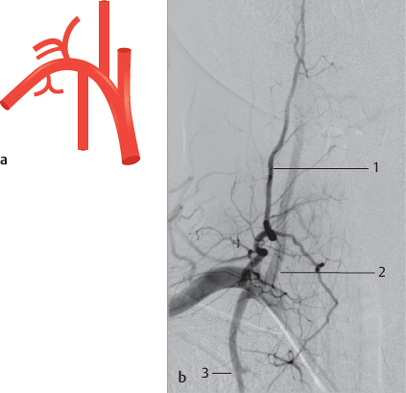

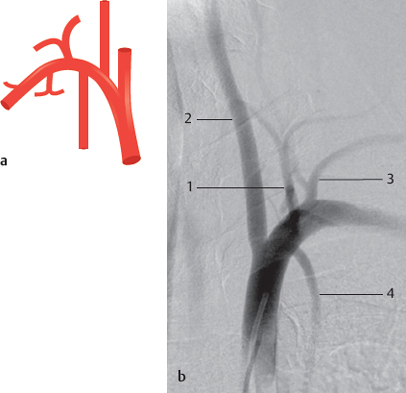

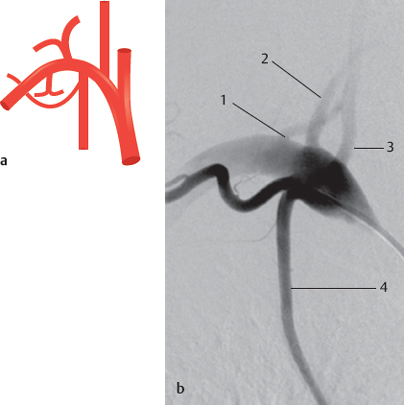
Stay updated, free articles. Join our Telegram channel

Full access? Get Clinical Tree





